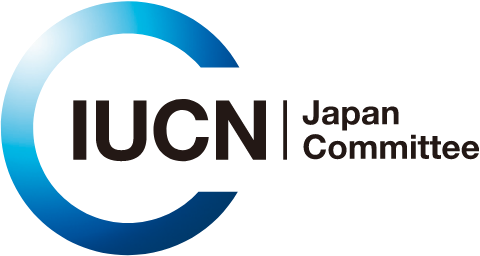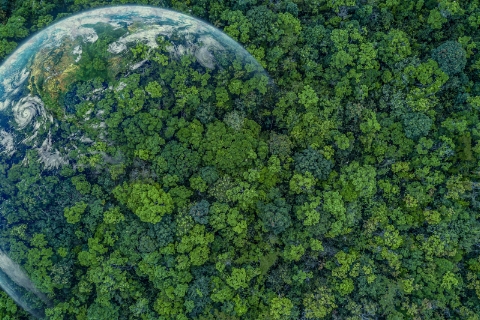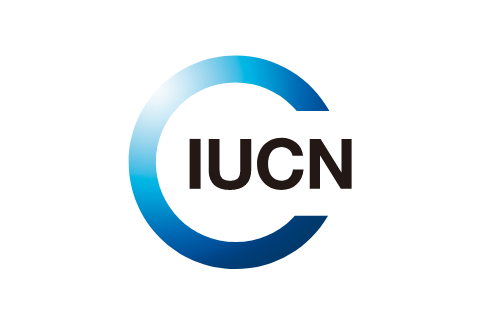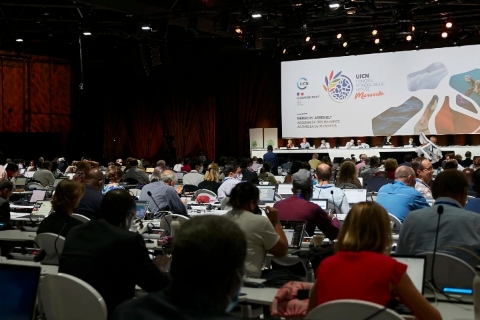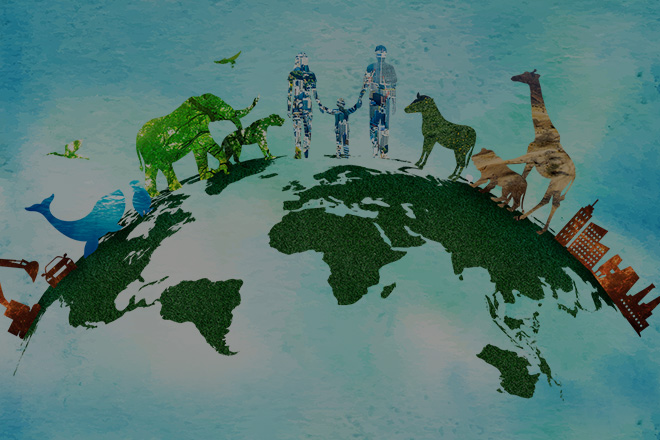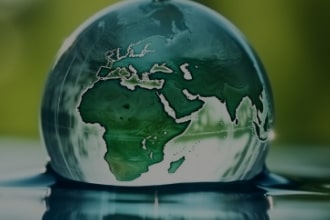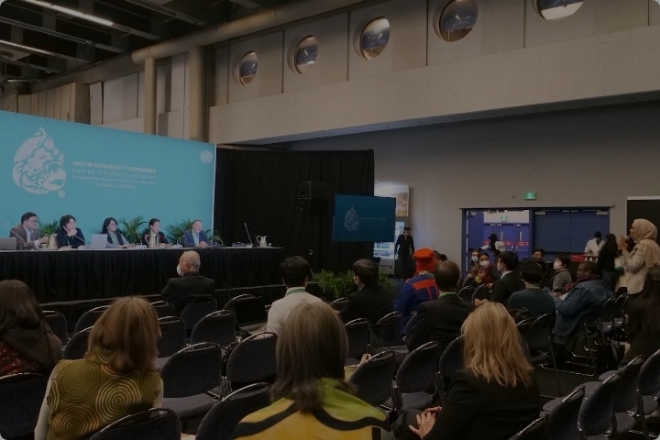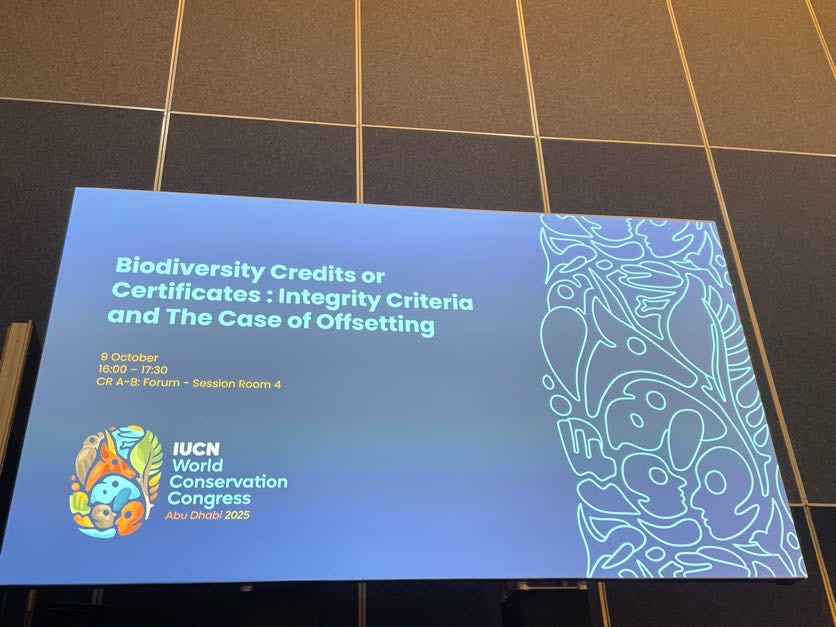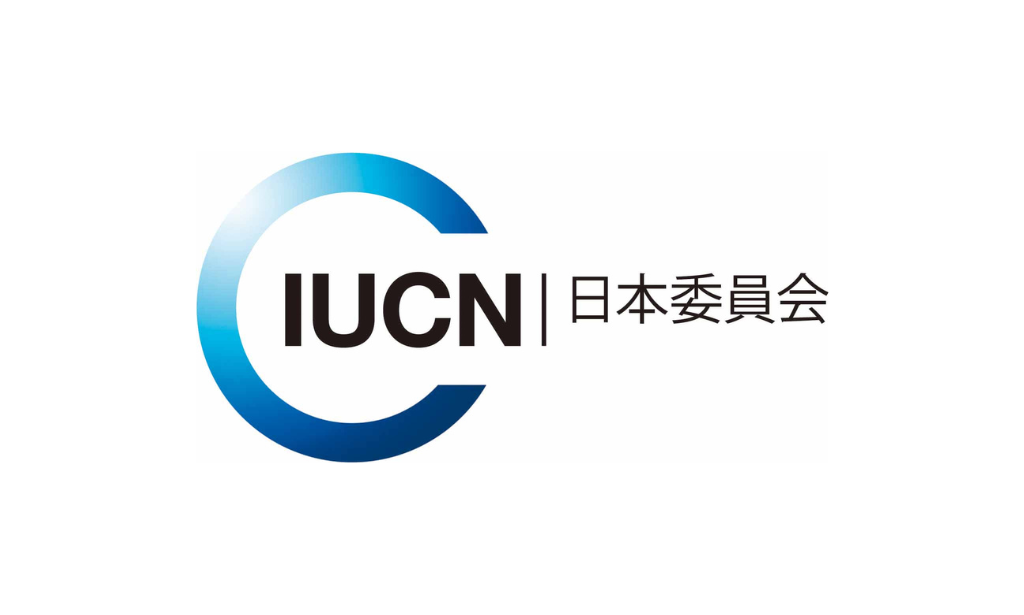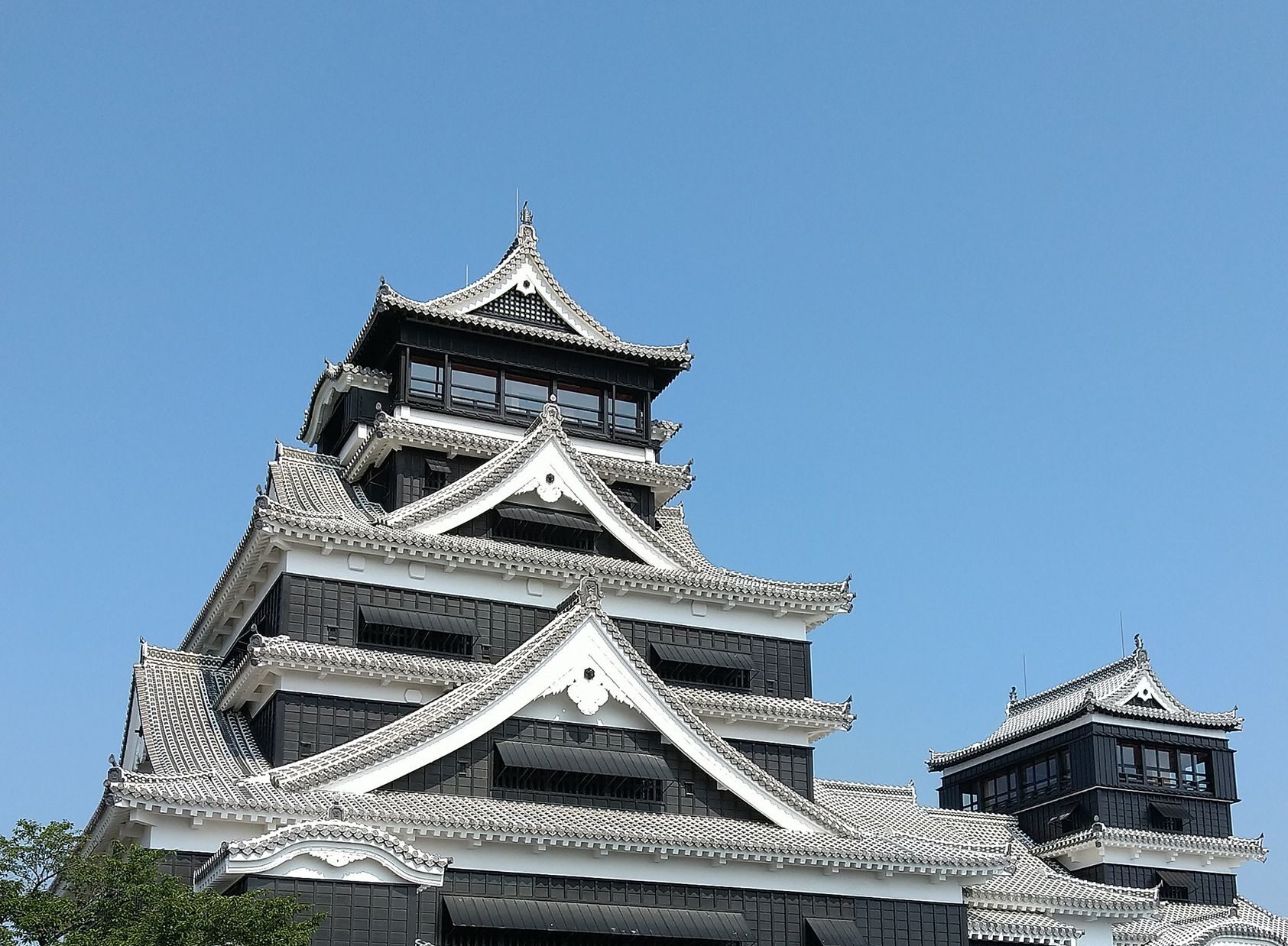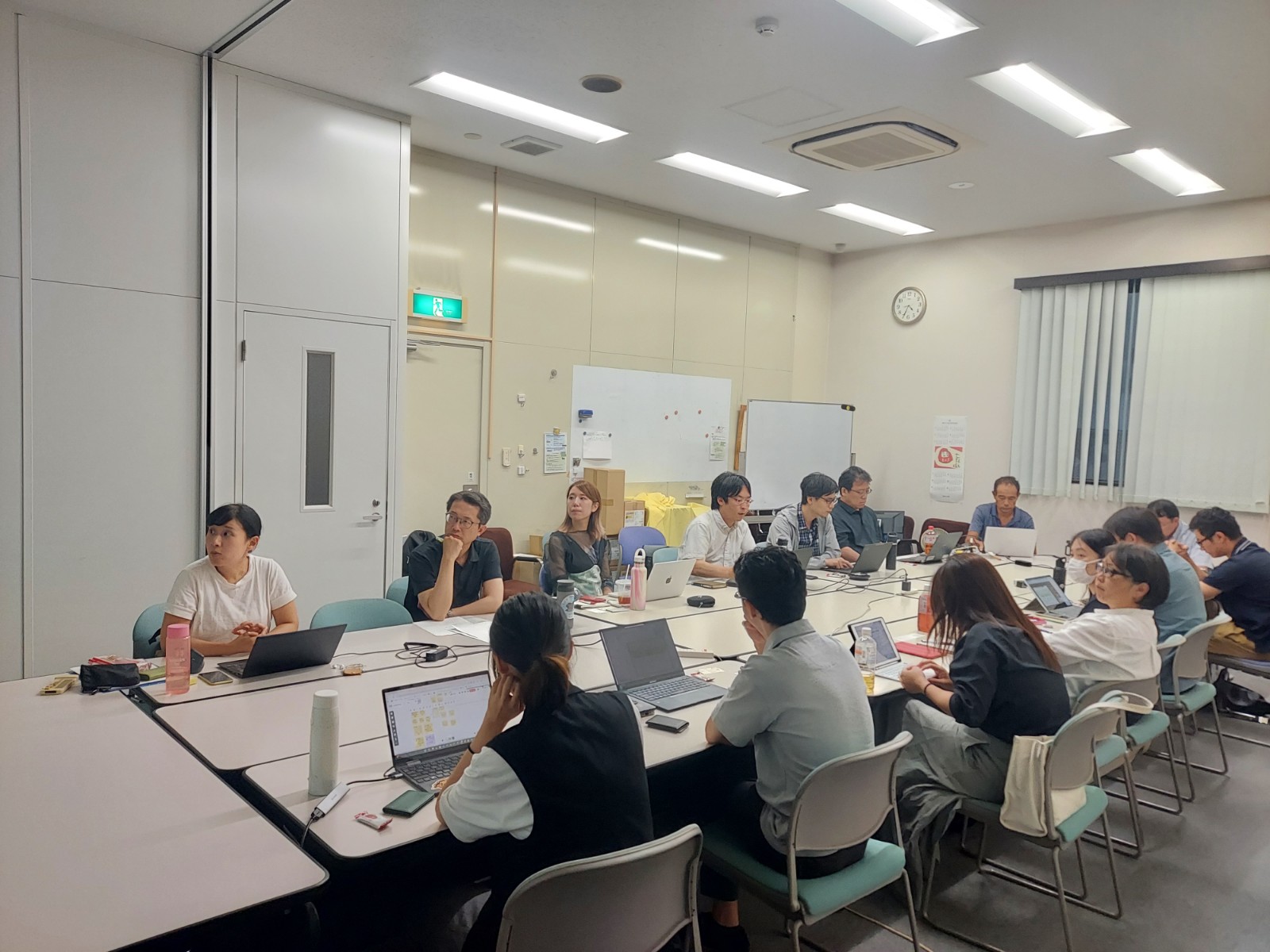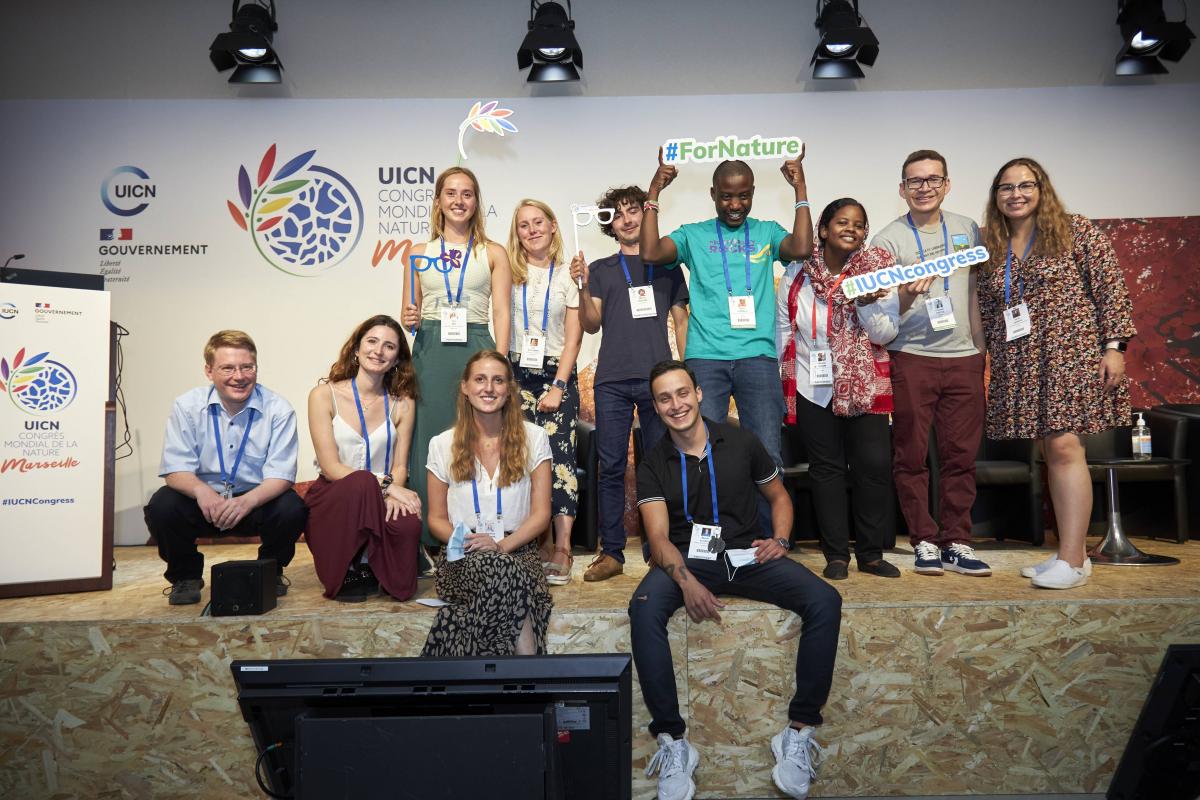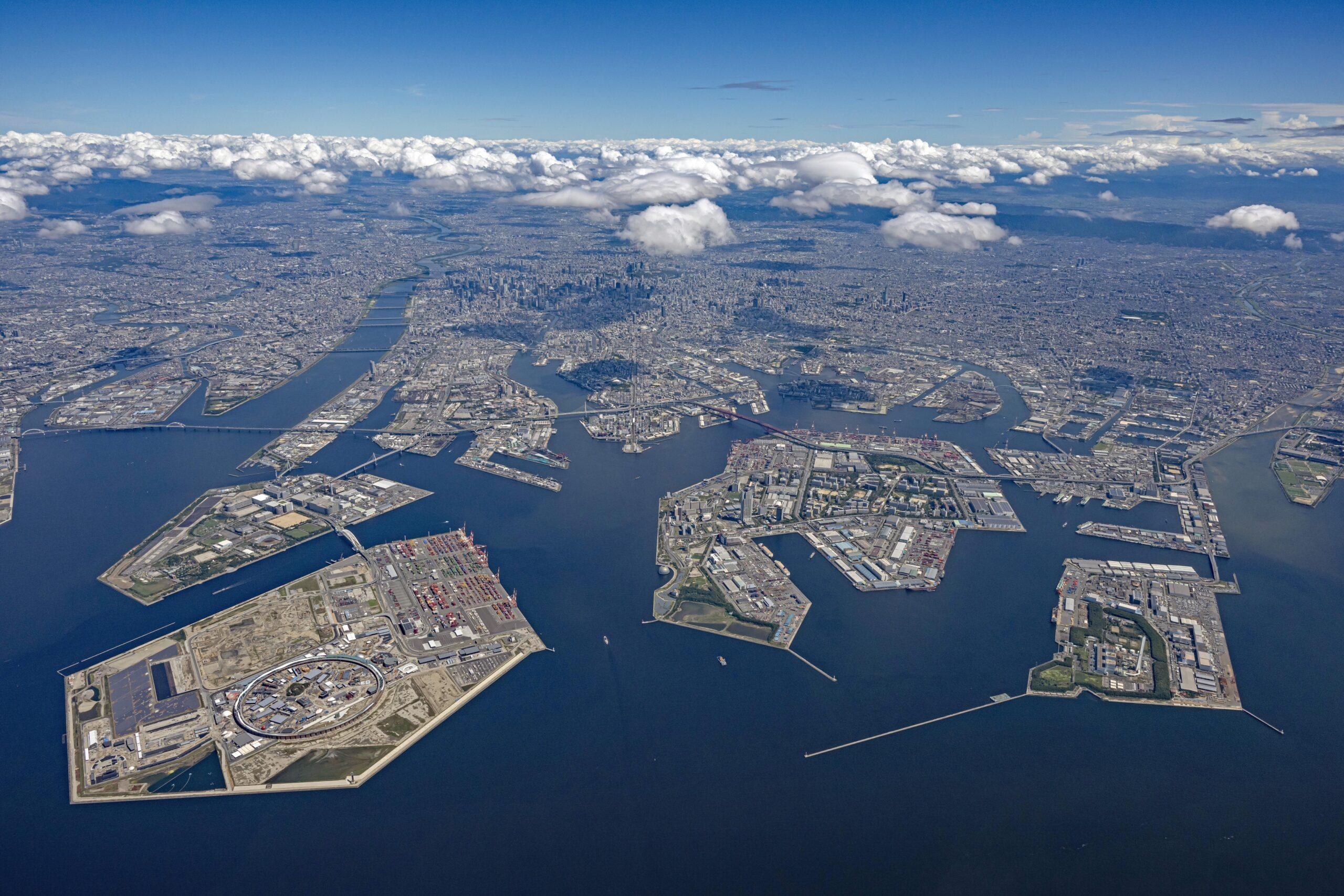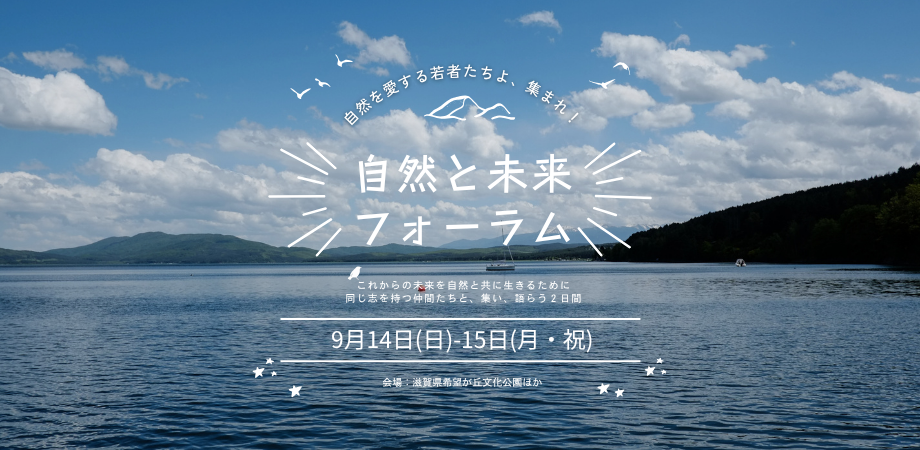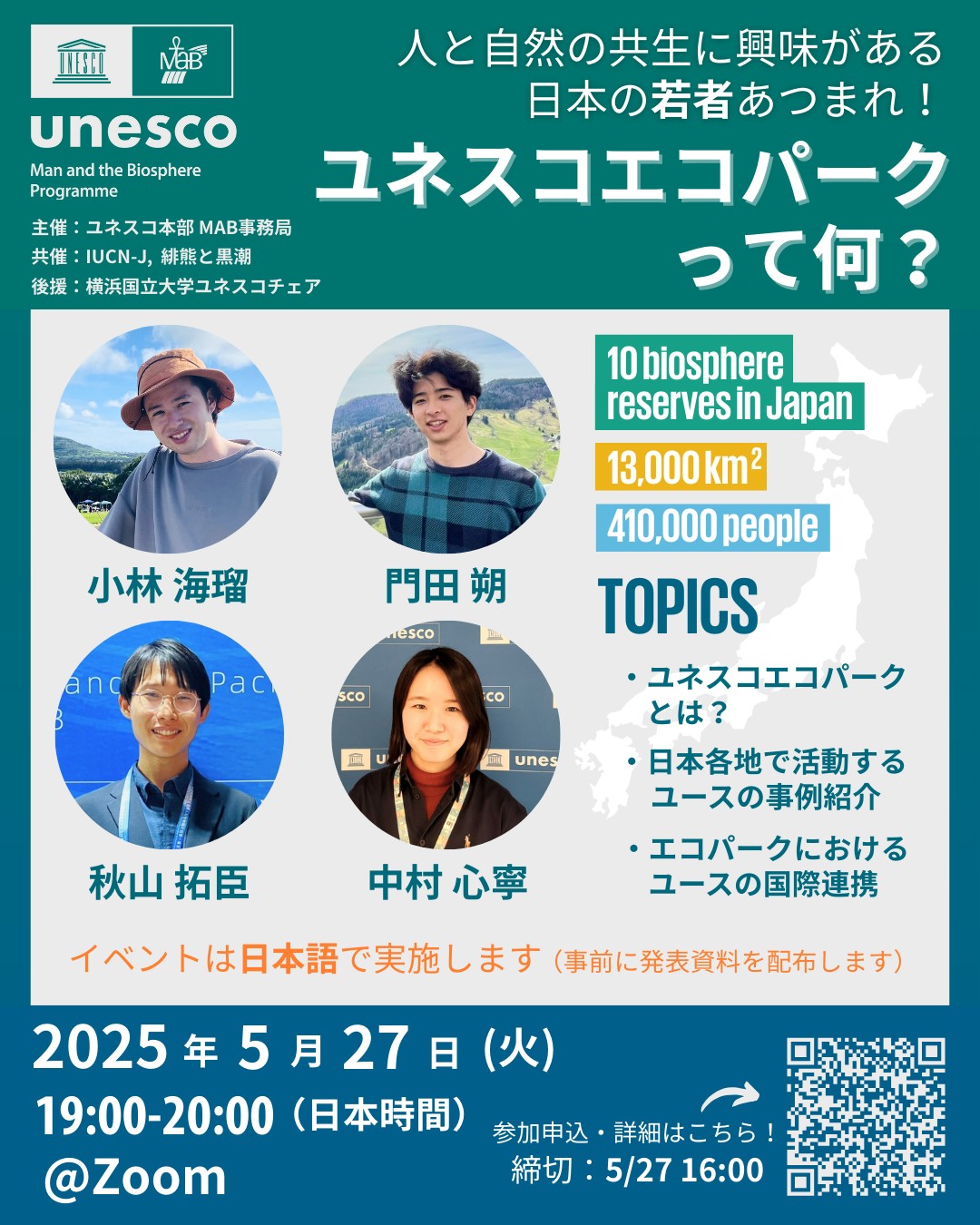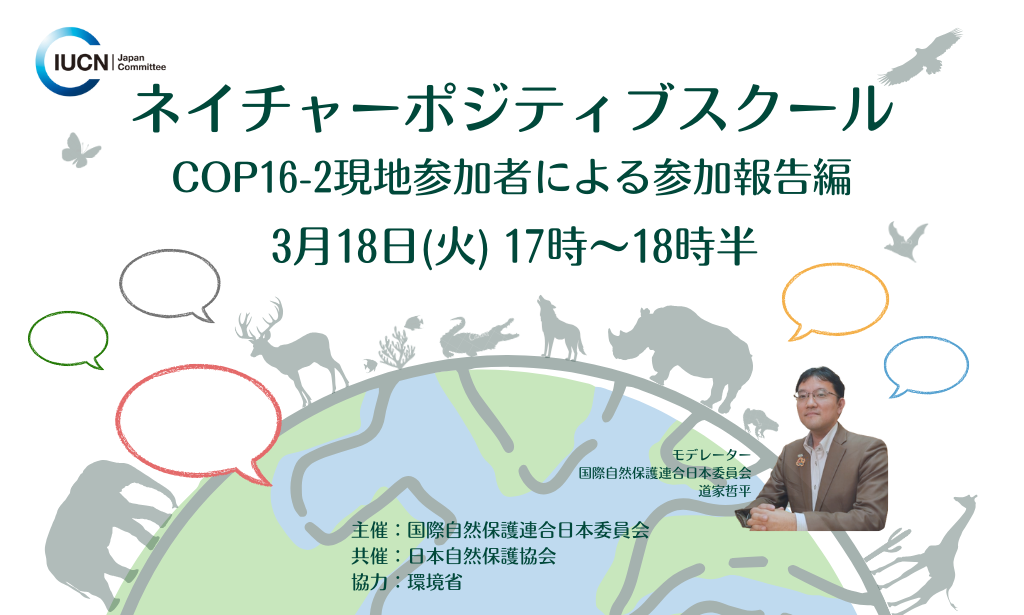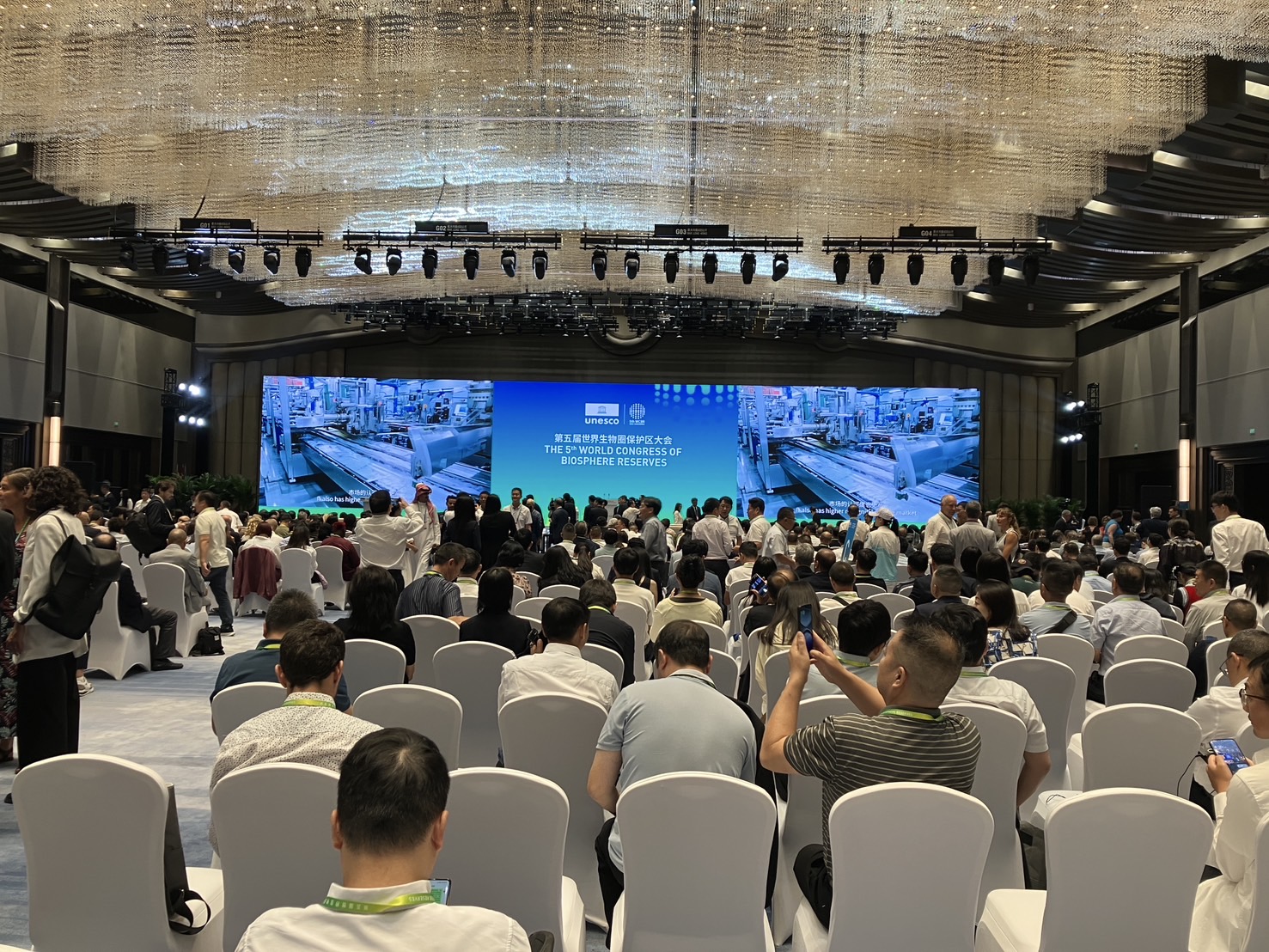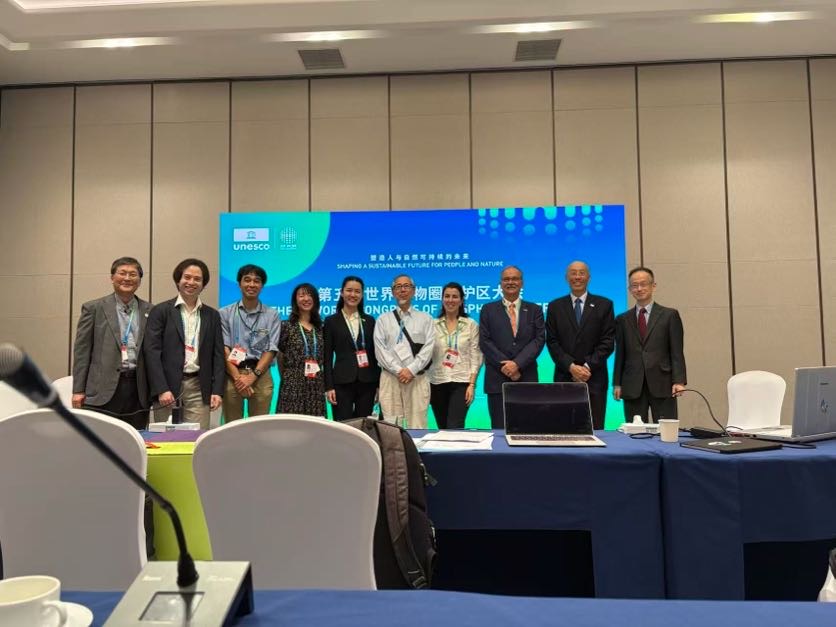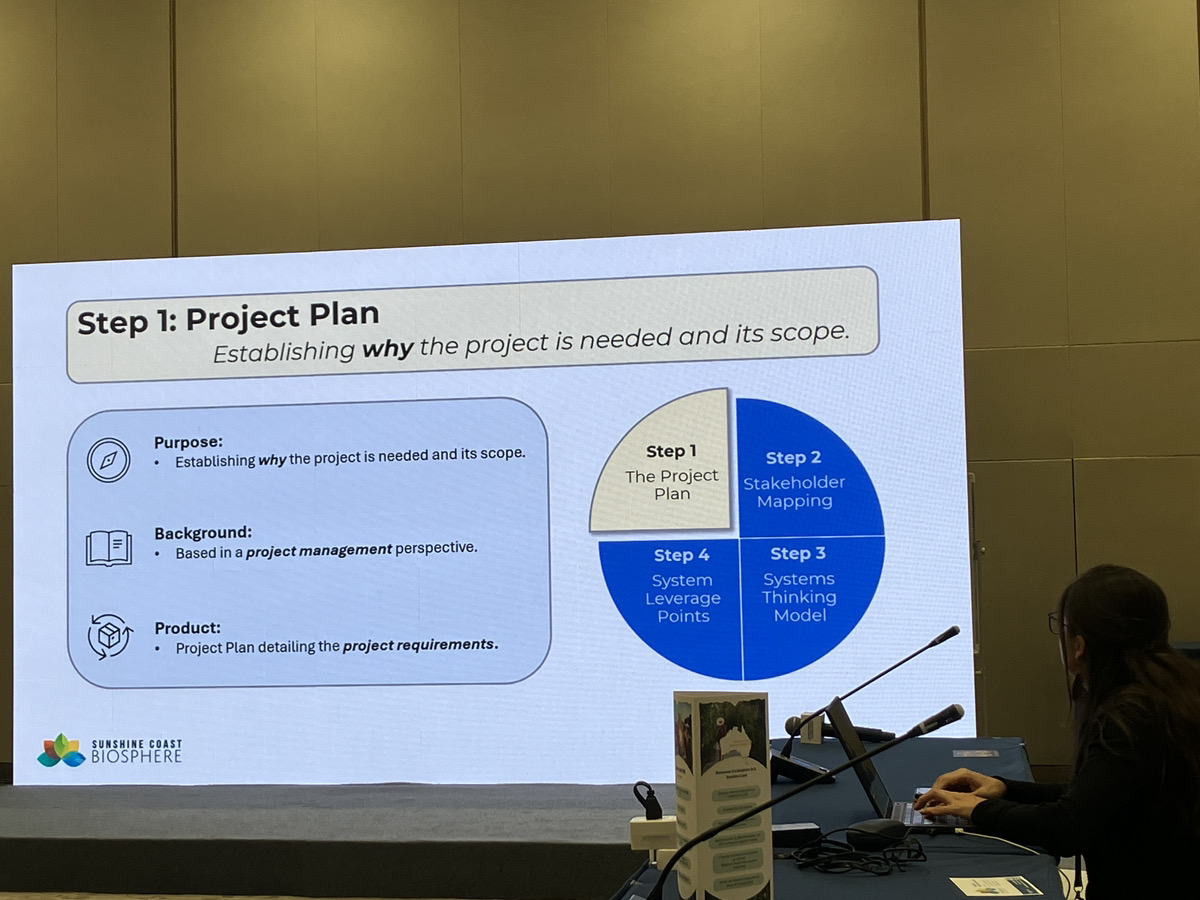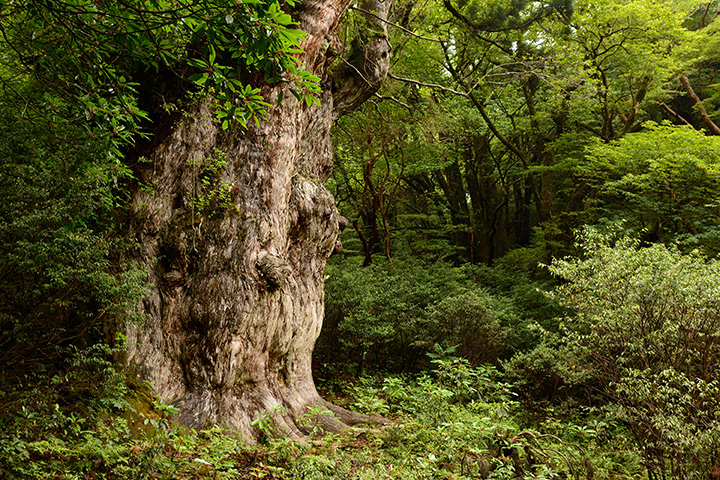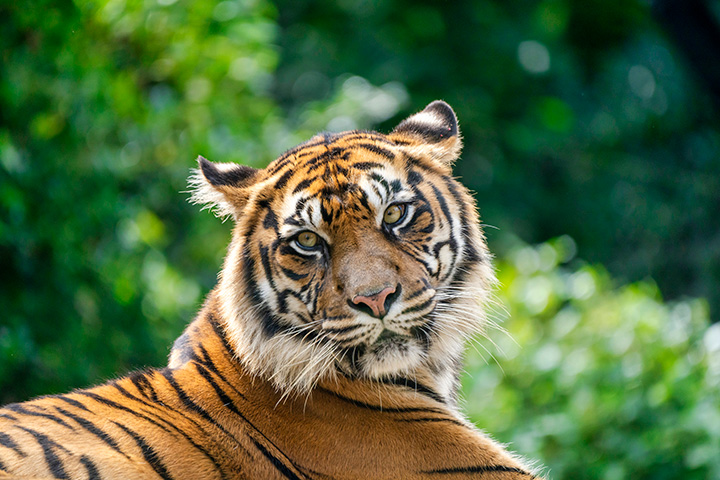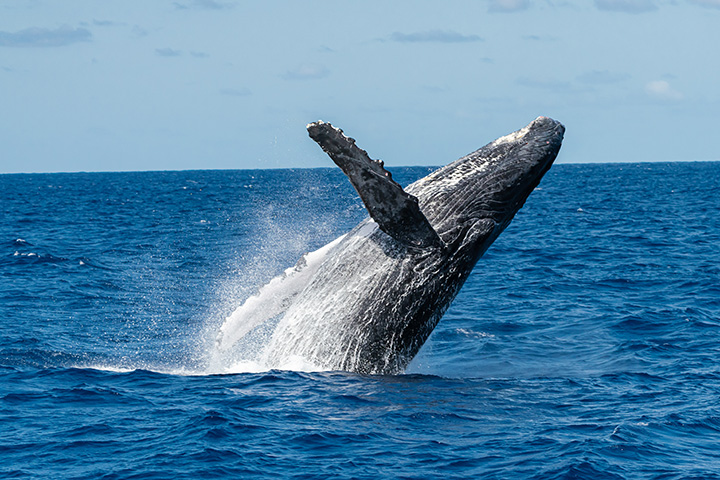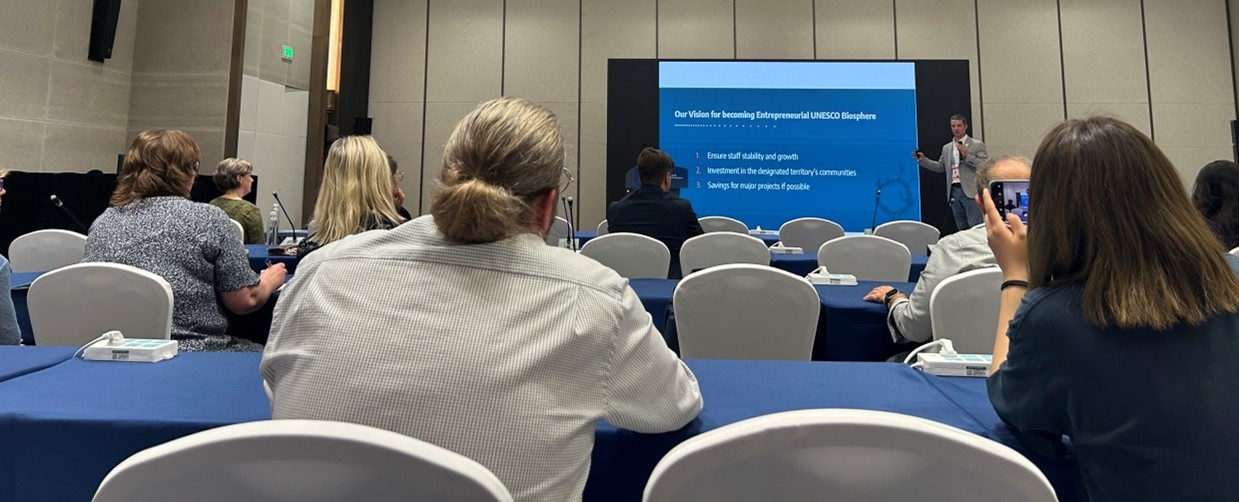
杭州で開催された世界生物圏保護会議(WCBR)では、関係者、科学者、自然保護活動家だけでなく、民間企業も生物圏保護区の分野に参画しています。具体的には、彼らは生物圏保護区においてどのような活動を行い、どのような貢献をしているのでしょうか。
WCBR会議のブースで、杭州鲲鹏橡塑制品有限公司は、ゴム製のブーツやスニーカーなどの製品を展示しました。この素材イノベーションは、ゴムを有用な素材にリサイクルし、世界の廃棄物削減に貢献しています。
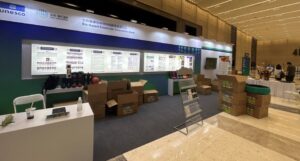
高品質で防水性、保温性、そして美しさを兼ね備えたラバーブーツは、高い技術力と粘り強いプロセスによって生み出されたものです。当社は、専門家、エンジニア、コンサルタントからなるチームを擁する研究開発試験センターを擁し、環境に優しい製品の開発に取り組んでいます。そのため、同社は生物圏保護区への貢献という別の側面も果たしています。
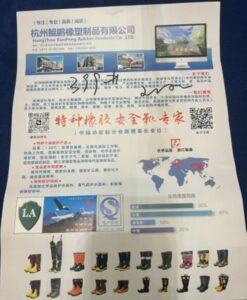
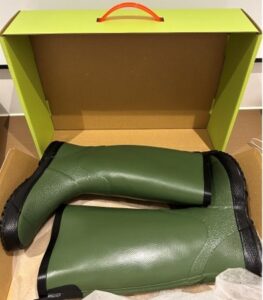
また、2025年9月24日のサイドイベントでは、起業家精神あふれるユネスコ生物圏保護区であるウアピシュカ・ステーションのCEOが、ユネスコ指定地域における持続可能な経済モデルの構築について講演しました。彼らは、中核的な資金不足、クリティカルマスの少なさ、政策支援の不足といった課題に直面しています。しかし、社会起業家精神に基づき、成功を定義づけ、知識共有、そしてコミュニティ主導の活動といった機会も実現しています。
彼らはコンサルティングサービス、調査、エコツーリズム拠点、生物多様性、そしてコミュニティプロジェクトを提供しています。設立当初は助成金が全くなく財政難に直面しましたが、事業を拡大し、運営収入も獲得しています。2010年から14年を経て、2024年には180万米ドルに達する見込みです。
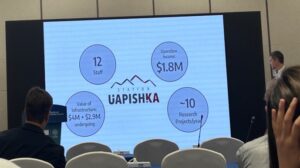
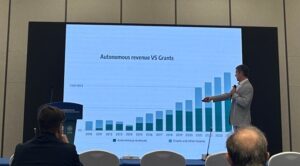
このセッションの最後に、この分野で 25 年の経験を持つディレクターが、困難はあるものの、BRで起業家になることは、依然として投資と模倣の価値があると断言しました。
筑波大学大学院/IUCN-Jインターン
VU THI HANG
During the WCBR congress in Hangzhou, we can see not only stakeholders, scientists, conservationists, but also the private company sectors joining in the field of Biosphere Reserves. In more detail, what are they doing and contributing to Biosphere Reserves?
At the booth of the WCBR congress, Hangzhou Kunpeng Rubber Products Co., Ltd. exhibited its products, including boots and sneakers made from rubber. This material innovation helps them recycle rubber into a useful material, helping to reduce waste in the world.

The high-quality, waterproof, warm, and beautiful rubber boots are a product of the technical strength and a persistent process. The company has a research and development testing centre with a team of experts, engineers, and consultants to make those eco-friendly products. So, they are also contributing to Biosphere Reserves in another way.


Also, in a side-event session on 24th September 2025, the CEO of Uapishka station – an entrepreneurial UNESCO Biosphere talked about developing sustainable economic models in UNESCO-designated sites. They are facing challenges such as no core funding, a small critical mass, and a lack of policy support. However, they also have opportunities in social entrepreneurship, defining success, knowledge sharing, and community-driven.
They are providing consulting services, research, ecotourism stations, biodiversity, and community projects. Even though they were faced with financial difficulties at the beginning, with no grant at all, they are developing and getting operational income, peaking at 1.8 million USD in 2024, 14 years since 2010.


To end this session, a director with 25 years of experience in this field has affirmed that, despite challenges, becoming an entrepreneur in a UNESCO Biosphere still deserves investment and replication.
University of Tsukuba, Graduate School/IUCN-J intern
VU THI HANG
